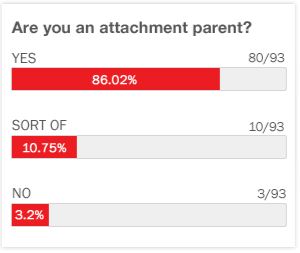Petit Mal or Absence
Comment
Pediatrician Wendy Mitchell, MD Neurology, explains the signs and symptoms of petit mal or absence in children and how doctors test for these
182
Transcription:
Petit mal or absence are a particular kind of seizures that are most typically seen around three and around adolescence.
You can have absence starting again in adolescence, but it is a somewhat different kind of epilepsy. Most of the time with childhood onset absence, children have literally hundreds of episodes a day. Although if you are not looking right at them, you'll miss 90 out of a 100.
One of the particular things about absence or petit mal is that it's pretty easy to induce one in the office by having them hyperventilate. If I can make the child have one, I can pretty much make an instant diagnosis. If I can't make them have one and they are not on treatment, they probably don't have petit mal.
Some children with petit mal also have convulsions, about 25 to 30 percent, but most don't. They will usually outgrow it and it's usually fairly easy to treat. Although, there is always exceptions to all rules.
Pediatrician Wendy Mitchell, MD Neurology, explains the signs and symptoms of petit mal or absence in children and how doctors test for these
Related Videos
Transcript
Expert Bio
More from Expert
Wendy Mitchell, MDPediatrician, Neurology, Children’s Hospital Los Angeles
Wendy Mitchell, MD, is Professor of Clinical Neurology, Keck School of Medicine, University of Southern California. She is acting Division Head of Neurology at Childrens Hospital Los Angeles, where she has practiced for over 30 years. She is a native of Los Angeles. Her current research interests include cognitive and behavioral aspects of childhood epilepsy, clinical research in anticonvulsants, and a rare immune-mediated syndrome, opsoclonus-myoclonus (or dancing eyes syndrome). In her free time she enjoys scuba diving and yoga.




 GET ACCESS TO ALL PREMIUM CONTENT WITH NO ADS FOR $4.99/MONTH
GET ACCESS TO ALL PREMIUM CONTENT WITH NO ADS FOR $4.99/MONTH




Login or Register to view and post comments